The Jazz Archives
This Archive of jazz videos based on the articles of Wim Demmenie is in the process of being transferred from the “Classic Jazz Lovers” Facebook group. Please bear with us as we complete this transition.
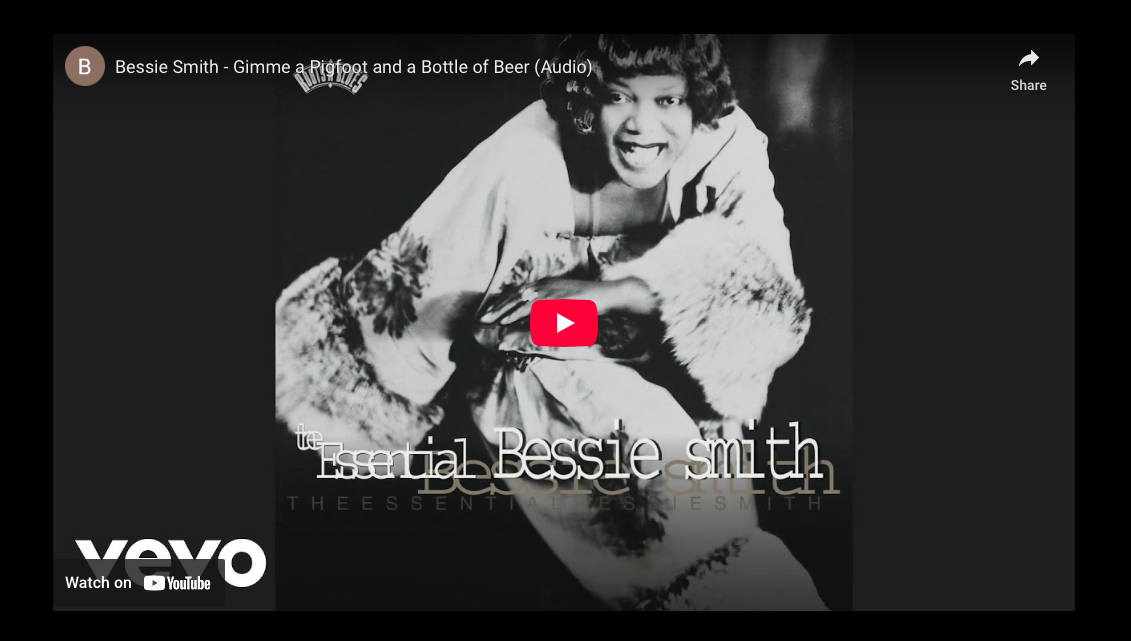
Bessie Smith—”Gimme A Pigfoot And A Bottle Of Beer” (1933)
Last week, in my post about trumpet player Frank Newton, I mentioned he accompanied Tennessee-born blues singer Bessie Smith (1894-1937) on her final recording session, which included her now famous "Gimme A Pigfoot (And A Bottle Of Beer)."
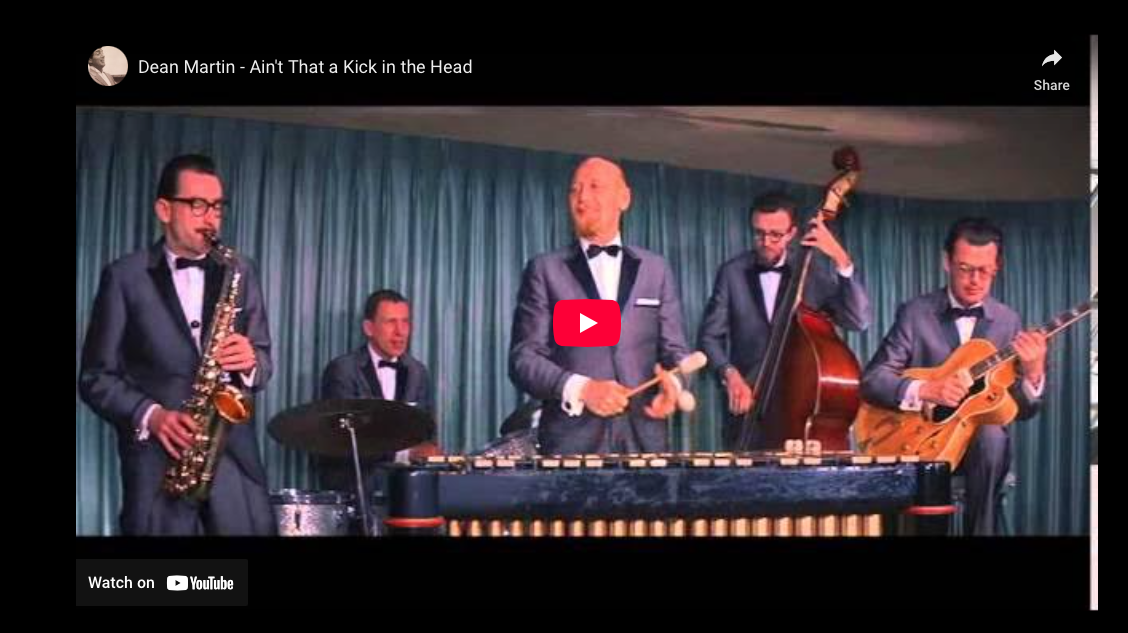
Dean Martin—”Ain’t That A Kick In The Head” (1960)
"Ain't That A Kick In The Head" is a classic song from 1960, written especially for the Warner Bros Picture "Ocean's Eleven." The music was written by Jimmy Van Heusen, and the lyrics were by Sammy Cahn. Ohio-born singer Dean Martin (Dino Paul Croceti, 1917-1995), recorded the song on August 3, 1960 with the Nelson Riddle Orchestra. For the movie, Martin recorded it in another arrangement with a group featuring one of the earliest jazz vibraphonists, Red Norvo, with his sidemen.
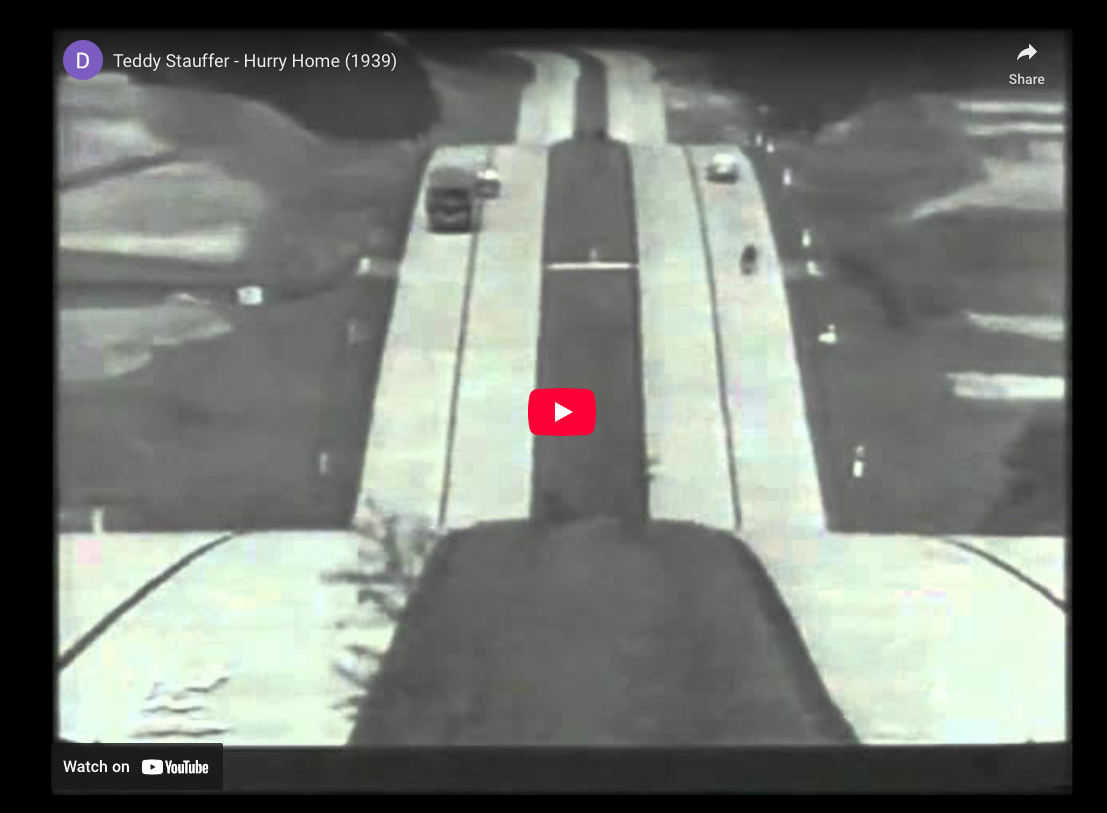
Teddy Stauffer—”Hurry Home” (1939)
Swiss-born violinist Heinrich "Teddy" Stauffer (1909-1991) was a popular bandleader in the pre-war German Reich. He had formed a 15-piece jazz orchestra, known as The Teddies. The band reached international fame, even though it's swing music and jazz arrangements brought Teddy Stauffer into frequent disputes with the Reichsmusikkammer.
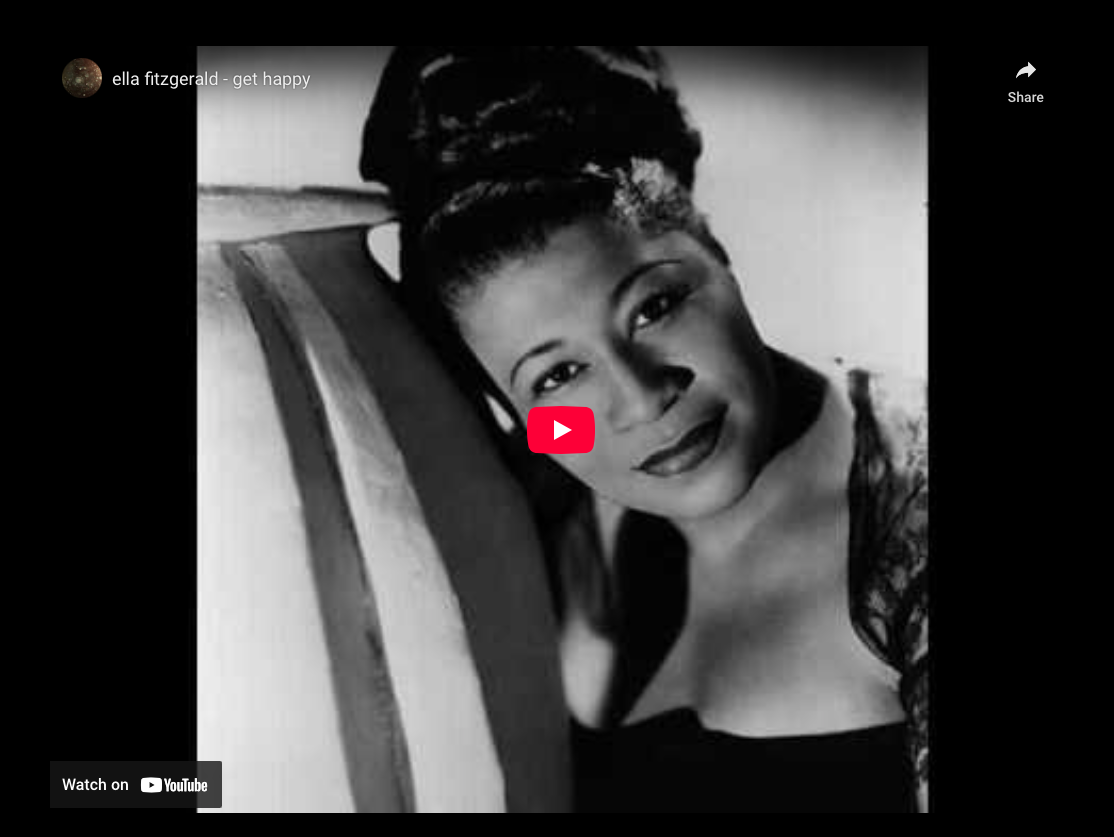
Ella Fitzgerald—”Get Happy” (1960)
During the end of the Fifties jazz vocalist Ella Fitzgerald was 50 weeks a year on the road. In early 1960 she went on another European tour, which started in Berlin. It took her to Yugoslavia, France, Holland, back to Germany, and then to Israel, before she returned to the United States in April. Everywhere she went, audiences would not let her get away without doing "Mack The Knife." "No one wants to hear the beautiful old songs," Ella complained. "I love them so much!" Back in the U.S., Ella got a go at 24 of those songs, when she recorded her final songbook album for Verve, "Ella Fitzgerald Sings the Harold Arlen Songbook." It was to be her only album with an orchestra conducted by Billy May, who also arranged "Get Happy." The alto sax solo is played by Ted Nash.
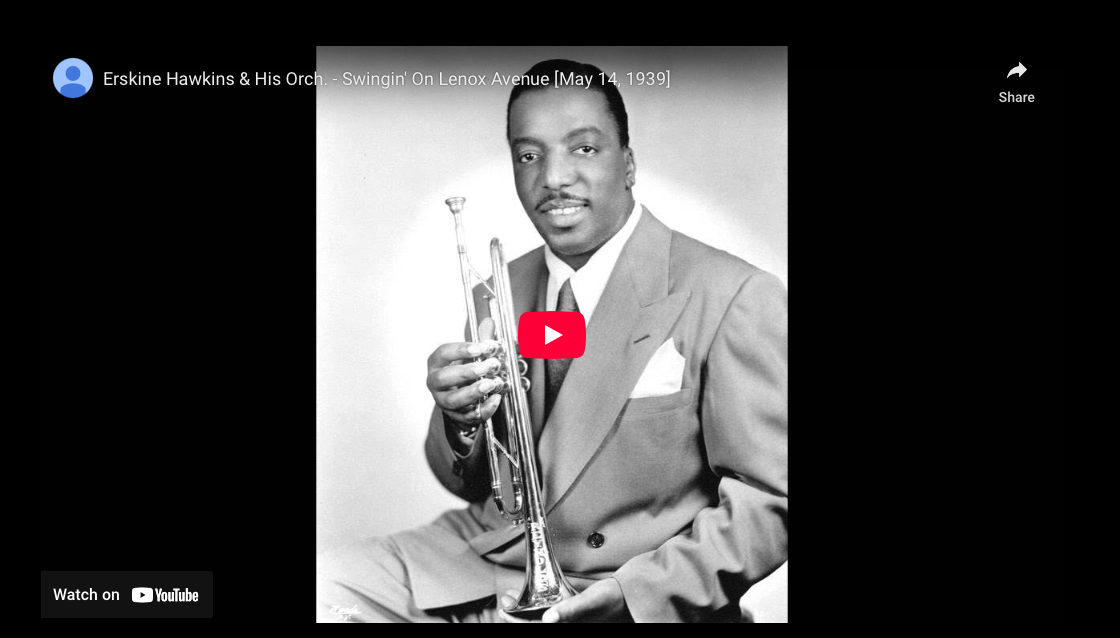
Erskine Hawkins—”Swingin’ On Lenox Avenue (1939)
Alabaman band leader, trumpeter and composer Erskine Hawkins (1914-1993) is best known for his million selling hit "Tuxedo Junction," waxed in the summer of 1939. Two months earlier, on May 14th, he took his band to the Victor Studios in New York for a Bluebird label session. The fourth and last title recorded that day was "Swingin' On Lennox Avenue," written by Erskine's Florida-born alto saxophonist and arranger William Johnson (1912-1960), who was also his co-composer of "Tuxedo Junction."
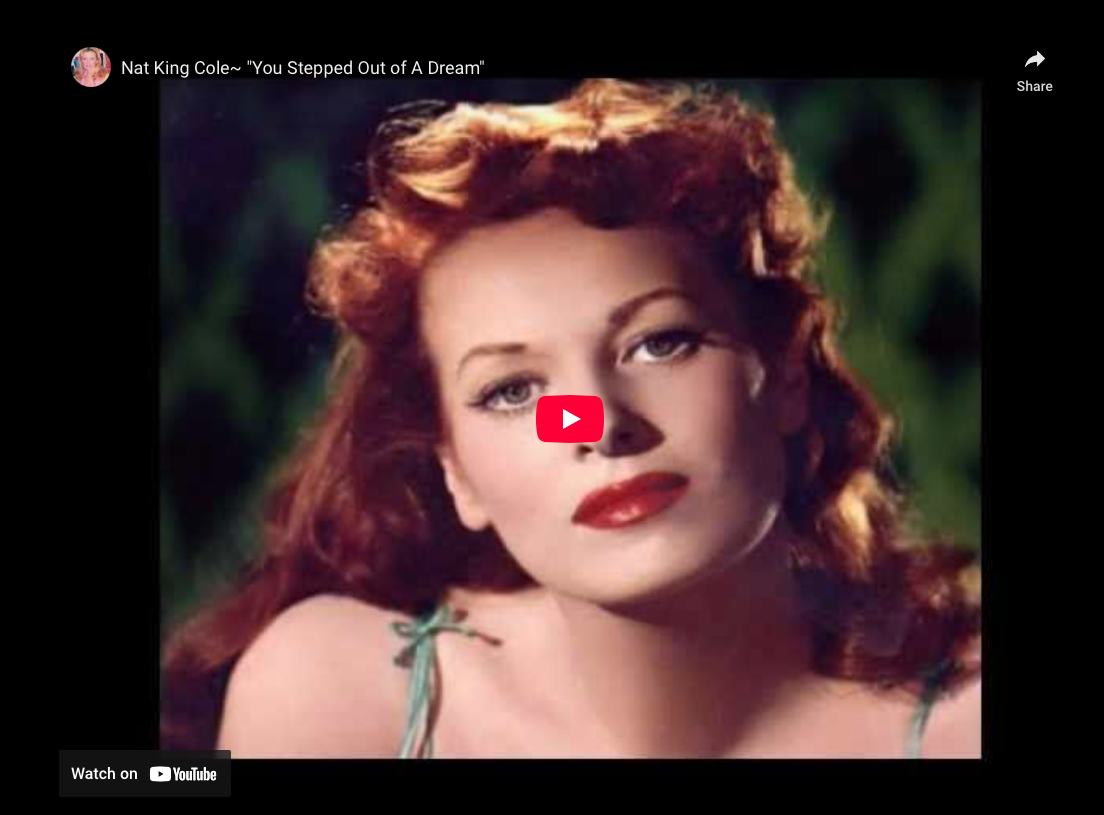
Nat King Cole—”You Stepped Out Of A Dream” (1952)
"You Stepped Out Of A Dream" is a 1940 song written for the Broadway musical "Ziegfield Girl." The music was composed by New Mexico born Nacio Herb Brown (1896-1964). The lyricist was Gus Kahn (1886-1941), a Jewish immigrant from Germany.
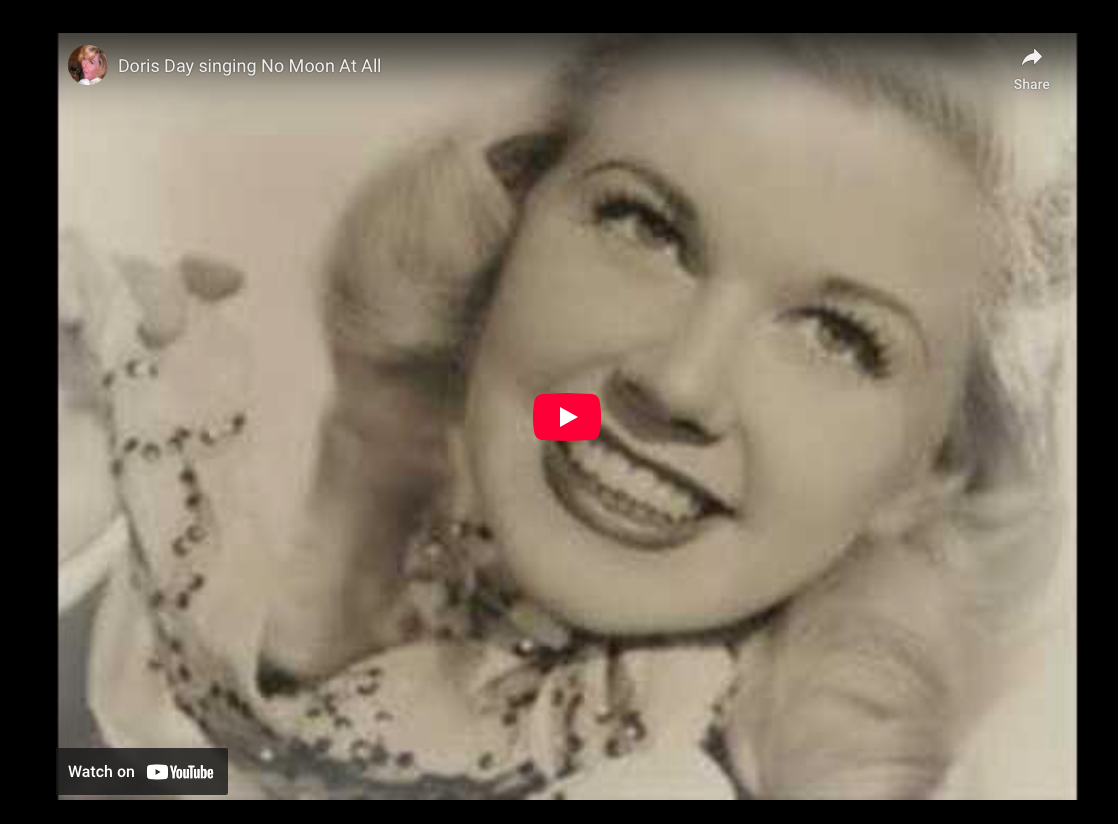
Doris Day—”No Moon At All” (1947)
"No Moon At All" is a jazz standard composed by Pennsylvanian pianist Dave Mann (1916-2002) and lyricist Redd Evans (1912-1972). It was initially waxed by Ohio-born songstress Doris Day (1922-2019).
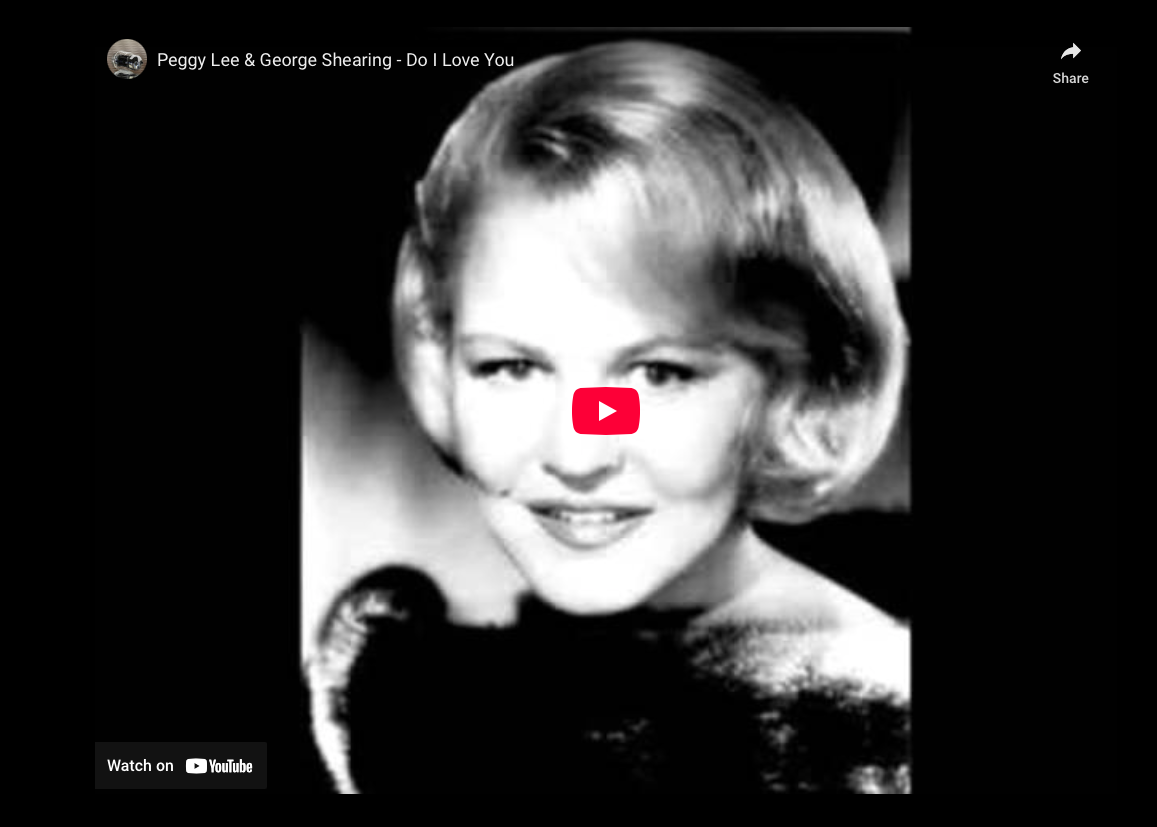
Peggy Lee & George Shearing—”Do I Love You?” (1959)
"Do I Love You?" is a song written by Indiana-born Cole Porter for the 1939 musical "DuBarry Was a Lady." Twenty years later, Peggy Lee and George Shearing performed it during their first performance together. The occasion was the 2nd Annual International Radio Programming Seminar and Pop Music Disc Jockey Convention at the Americana Hotel in Miami.
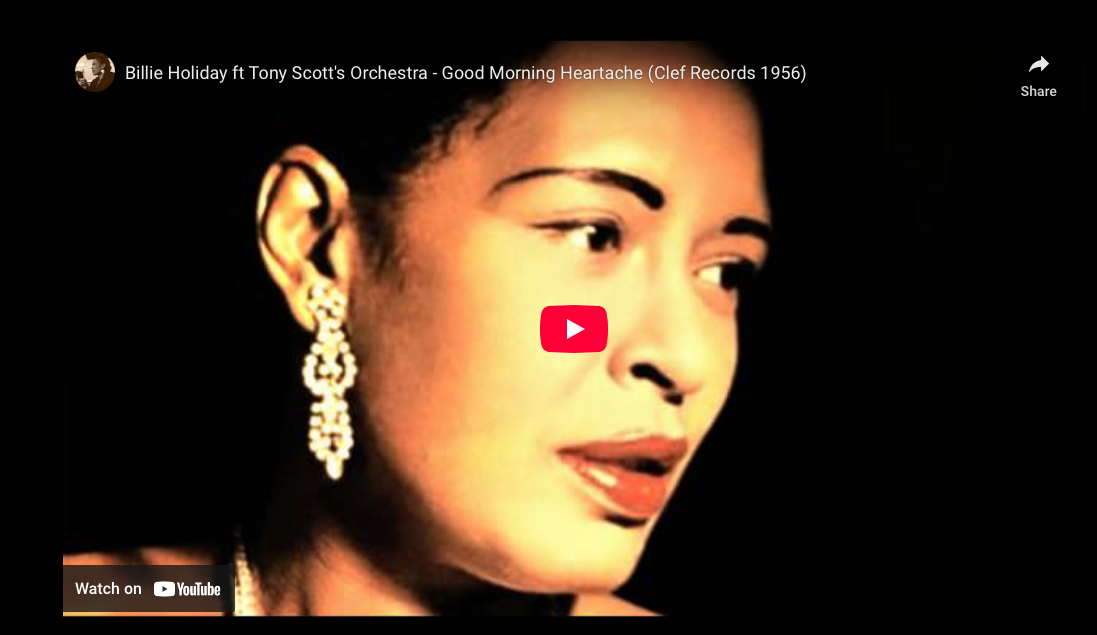
Billie Holiday—”Good Morning Heartache” (1956)
Last week, in my post about songwriter Irene Higginbotham, I mentioned her song "Goodmorning Heartache," co-written with Ervin Drake (1919-2015) and Dan Fisher. It was first recorded by Billie Holiday with Billl Stegmeyer's orchestra in January 1946. Billie was said to have called it one of her favorite songs, and she recorded it again for Norman Grantz with a small jazz group on June 7, 1955.
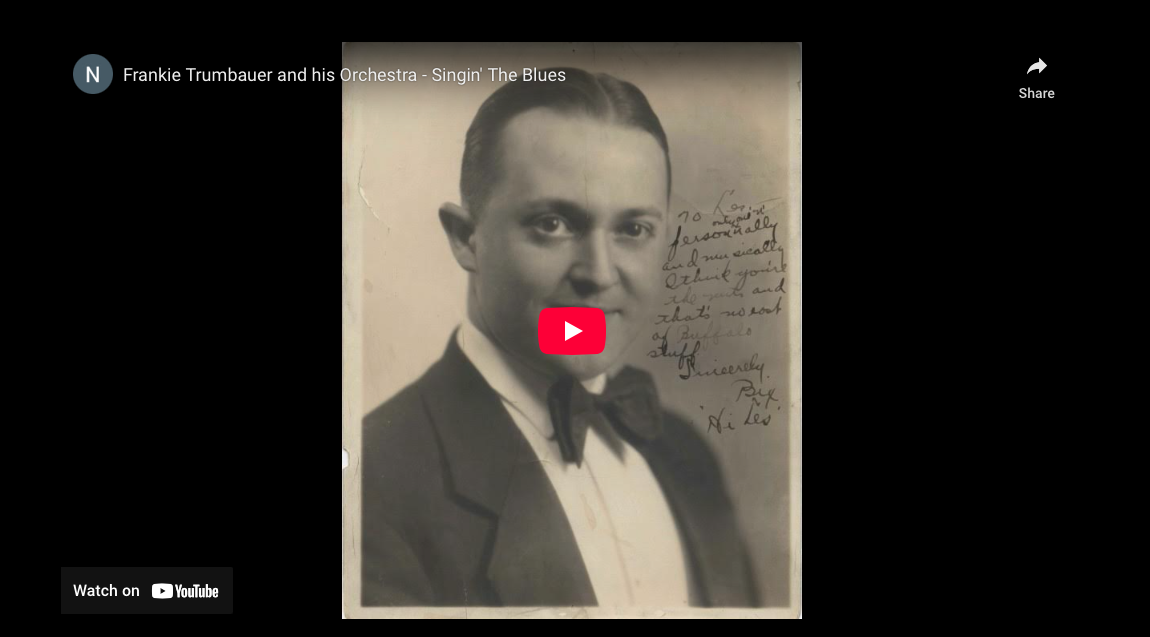
Frankie Trumbauer—”Singing The Blues” (1927)
Last Sunday, I had a conversation about Bix Beiderbecke with our Classic Jazz Lovers group member Willem Oversier, a cornet player from The Netherlands. One of Willem's favorite features is "Singin' The Blues."
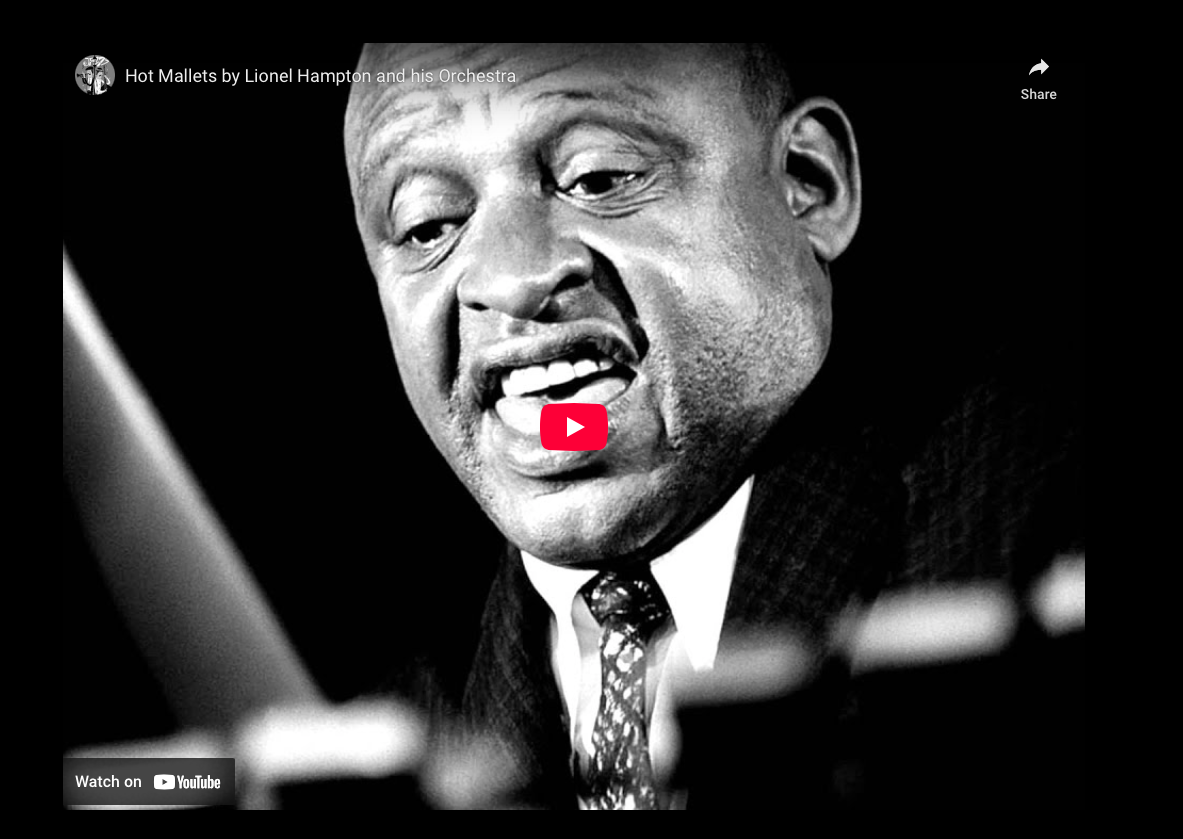
Lionel Hampton—”Hot Mallets” (1939)
One of the 20th century’s great musical innovators was Kentuckian Lionel Hampton (1908-2002), a real master with the mallets. In 1939 he wrote a tune about the sticks he used to play the vibraphone, called “”Hot Mallets.” It turned out to be the first time on record the jazz world was introduced to bebop.
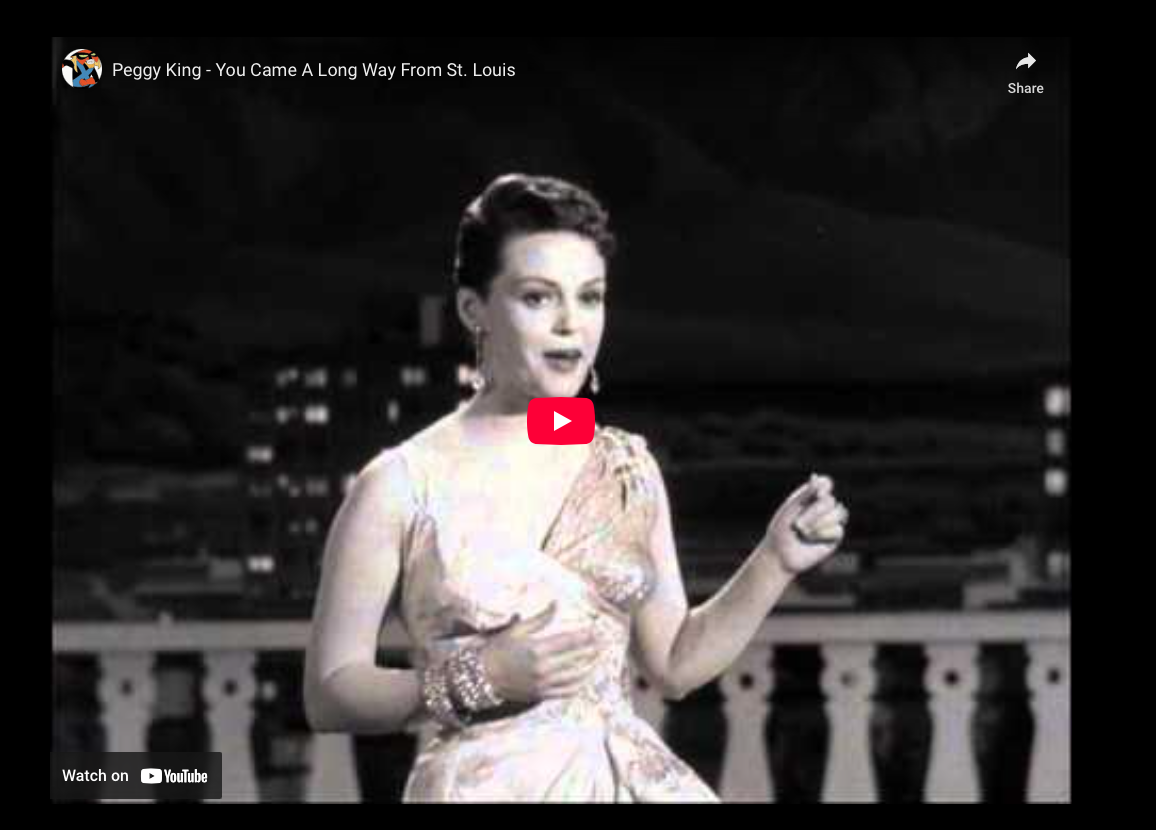
Peggy King—”You Came A Long Way From St. Louis” (1954)
”You Came A Long Way (From St. Louis)” was a song composed by John Benson Brooks (1917-1999) from Maine, with lyrics by Bob Russell (1914-1970) from New Jersey. Brooks had worked as an arranger for Tommy Dorsey, Les Brown and Boyd Rayburn, and Russell was originally an advertising copywriter.
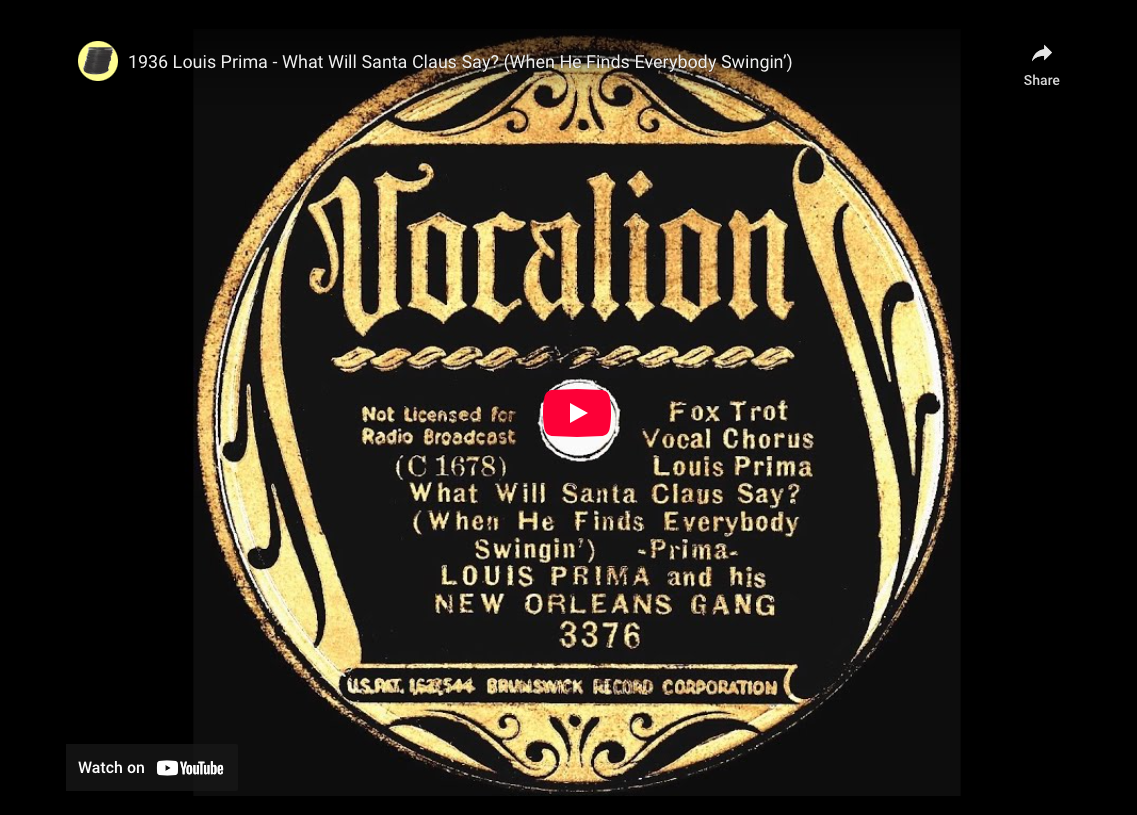
Louis Prima—”What Will Santa Claus Say?” (1936)
When 24-year old trumpetplayer/vocalist/bandleader Louis Prima brought his “Primastyle” orchestra to Chicago for a fall and winter engagement at the Blackhawk restaurant on Randolph and Wabash, the New Orleans maestro introduced a new kind of music there. His orchestra could also be heard on a nightly schedule over WGN and the Mutual Brooadcasting System. While in Chicago, Prima also recorded for Vocalion and Brunswick with his New Orleans Gang. One of the numbers of the November 16, 1936 session was his own composition “What Will Santa Claus Say (When He Finds Everybody Swingin’).
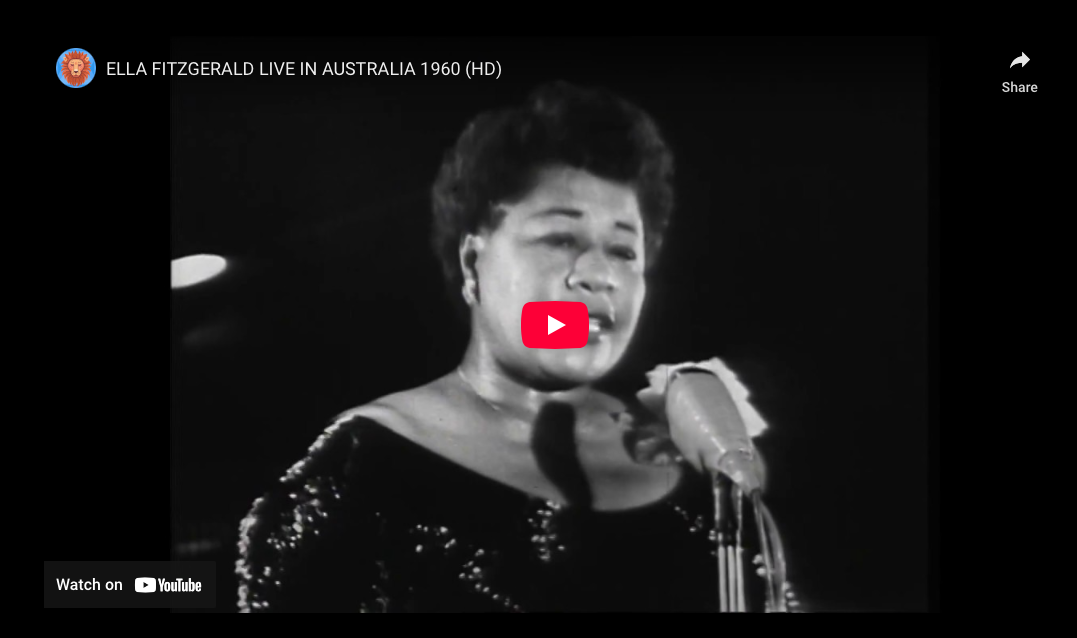
Ella Fitzgerald Live in Australia (1960)
60 Years ago this week, a performance of singer Ella Fitzgerald was videotaped by Channel 9 at The Embers, the signature nightclub in Melbourne, Australia, at the time (1959-1963). The club on 55 Toorak Road, South Yara, was owned by James Noall, who was also the organizer of Miss Fitzgerald’s tour.
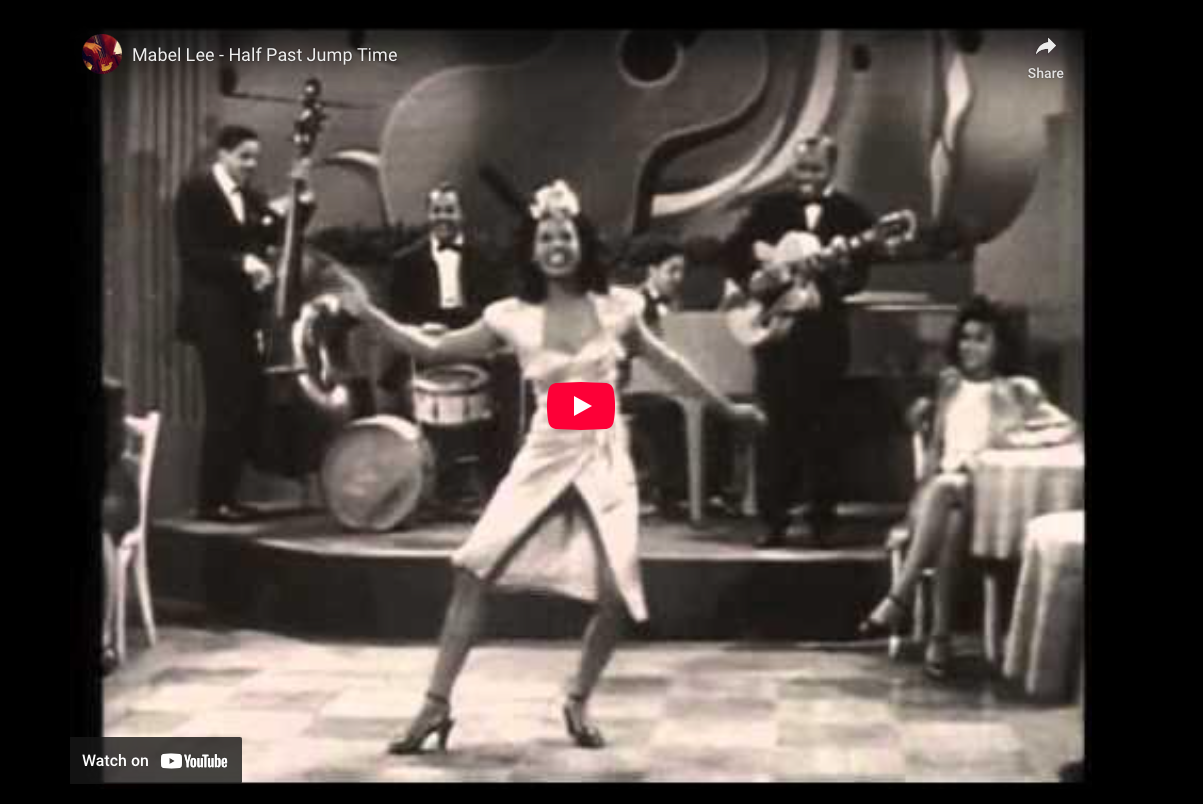
Mabel Lee—”Half Past Jump Time” (1940s)
One of the classic ways to distribute songs in the 1940s was through the extremely popular Soundies. Between 1941 and 1947, over 2,000 Soundies were made. Many of the most popular recording artists of the era appeared in them. Georgian singer and dancer Mable Lee (1921-2019) starred in more than 100 of these clips and became known as “The Queen of the Soundies.”
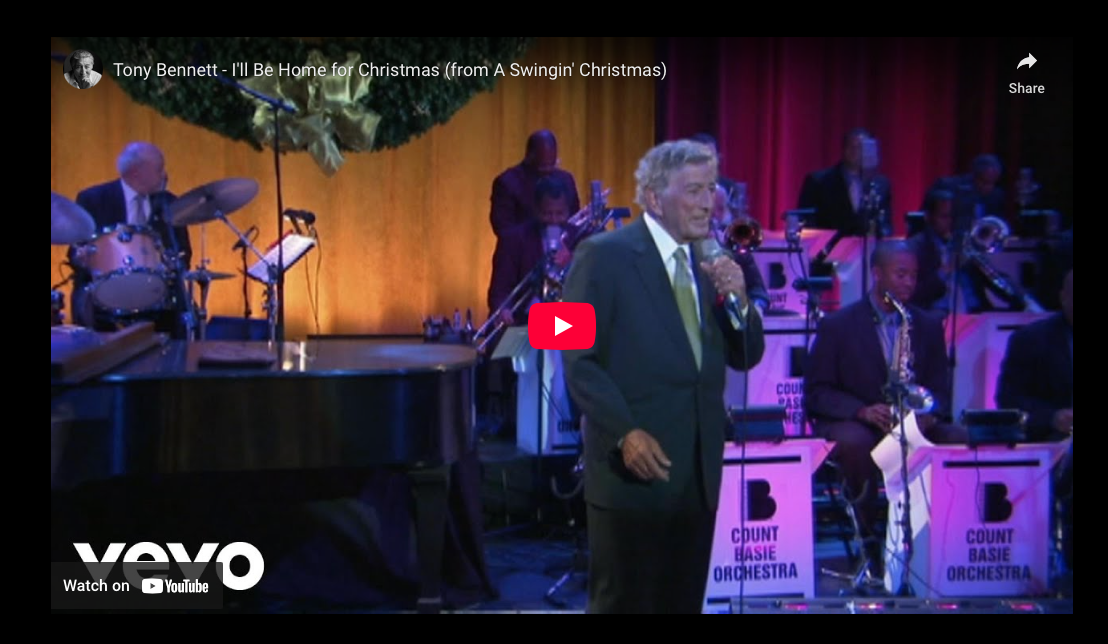
Tony Bennett—”I'‘ll Be Home For Christmas” (2008)
The upcoming Christmas will be different from any celebration we have known so far. ”I’ll Be Home For Christmas (If Only In My Dreams” has a special meaning this pandemic year.
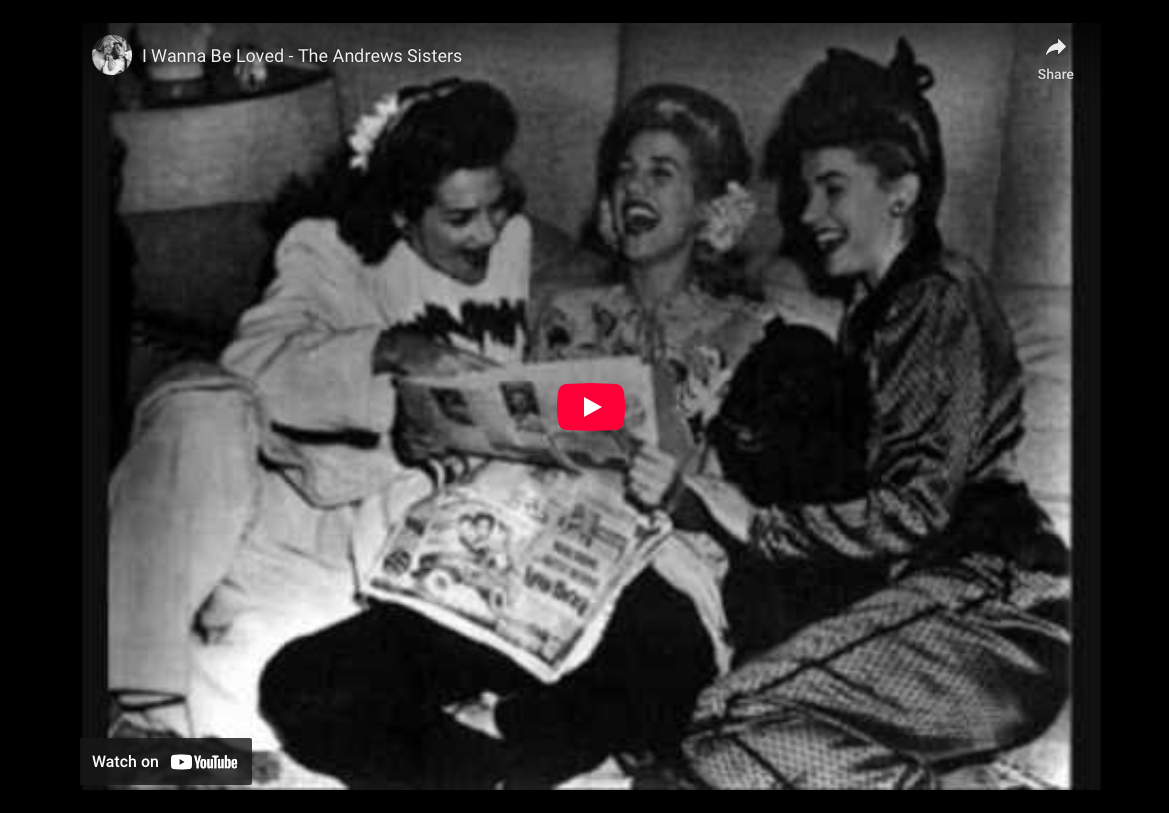
The Andrews Sisters—”I Wanna Be Loved” (1950)
On March 30, 1950, the Andrews Sisters -- Patty, LaVerne and Maxene — assembled in the Decca recording studios in Los Angeles to record “I Wanna Be Loved.” They were accompanied by the orchestra and choir of Gordon Jenkins, who also made the arrangement.
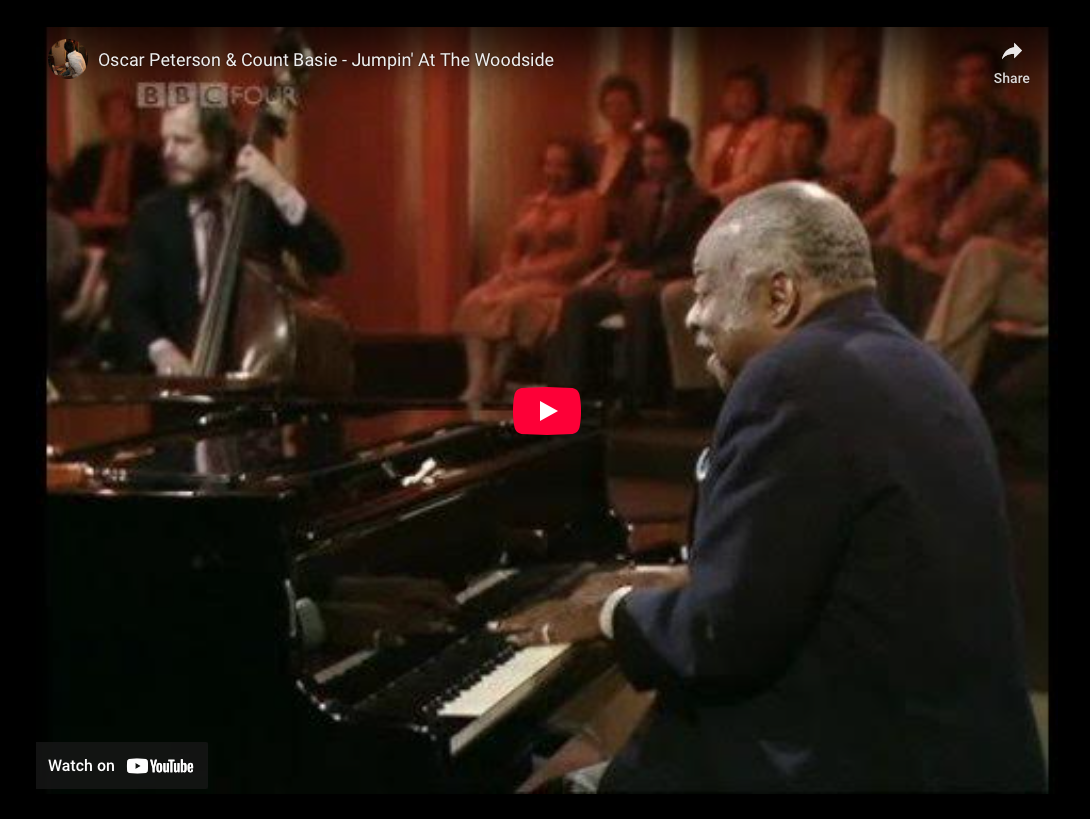
Oscar Peterson & Count Basie—”Jumpin’ At The Woodside” (1980)
”Jumpin’ At The Woodside” was a 1937 composition by Texan trombonist/guitarist Eddie Durham (1906-1987). The head arrangement was refined by Count Basie. When Basie’s band recorded it in 1938, Durham had already left the band, but his composition became Basie’s signature tune for years to come and is a favorite with many big bands. Here it is as a piano duet.
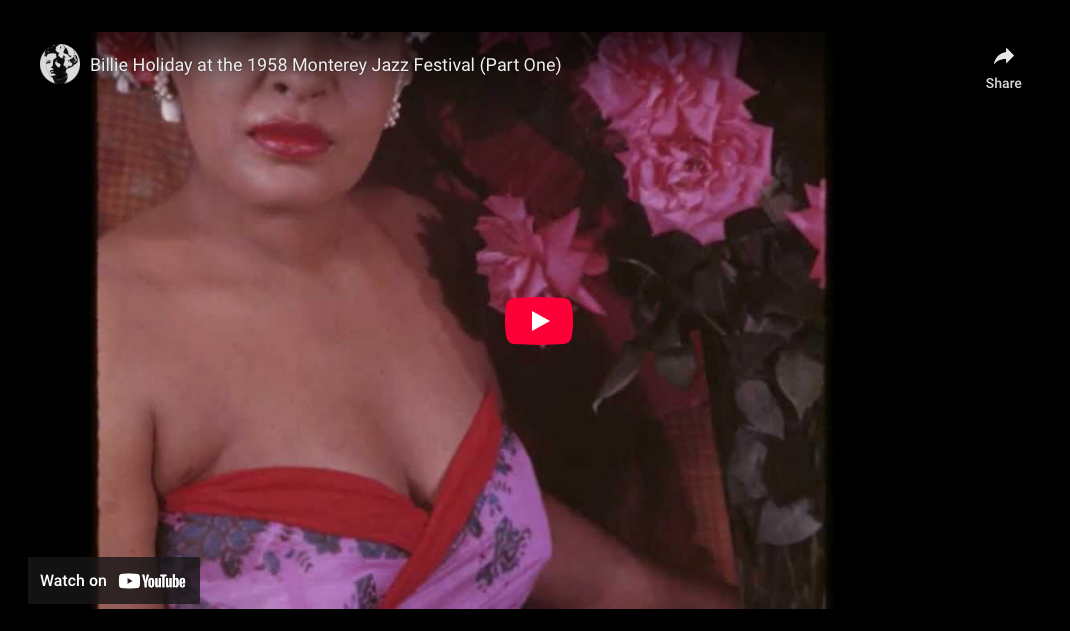
Billie Holiday at the Monterey Jazz Festival (1958)
During the first weekend of October 1958 jazz, which had been every place from Carnegie Hall to aboard a ship at Long Island, came to Monterey, California. This big event, never seen before on the West Coast, was organized by James Lyons and Ralph J. Gleason, and became the First Annual Monterey Jazz Festival. The fairground’s Jazz Arena could hold nearly 6,000 people at a time, but nobody knows exactly how many people attended the various concerts. It is a confirmed fact that nearly 300 artists did play there that weekend. One of them was 44-year old Billie Holiday. MC Mort Sahl announces the first part of her performance on Sunday, October 5, 1958.
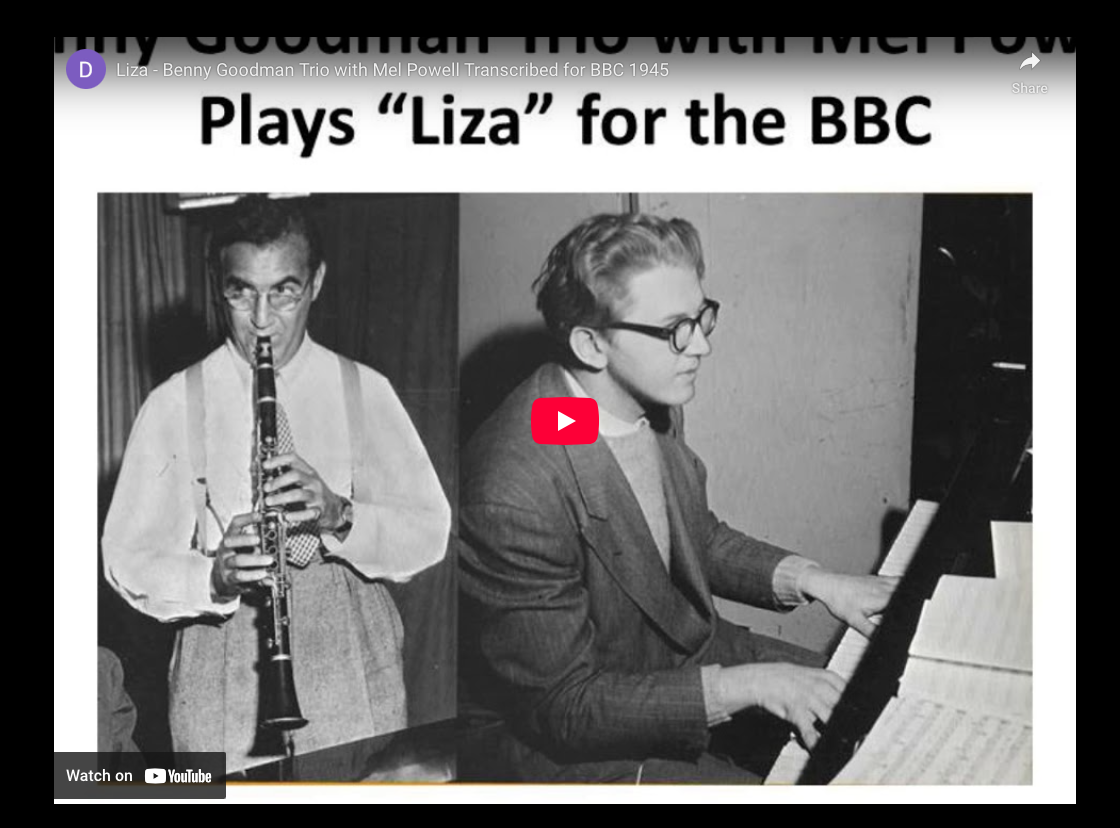
Benny Goodman Trio—”Liza” (1945)
“Liza” is a classic composition by George Gershwin, which he wrote with lyrics by his brother Ira and lyricist Gus Kahn for the Ziegfield musical “Show Girl.” During the original 1929 stage production singer Ruby Keeler was accompanied by Duke Ellington and his Orchestra. Benny Goodman‘s small group versions turned it into a swing classic.
